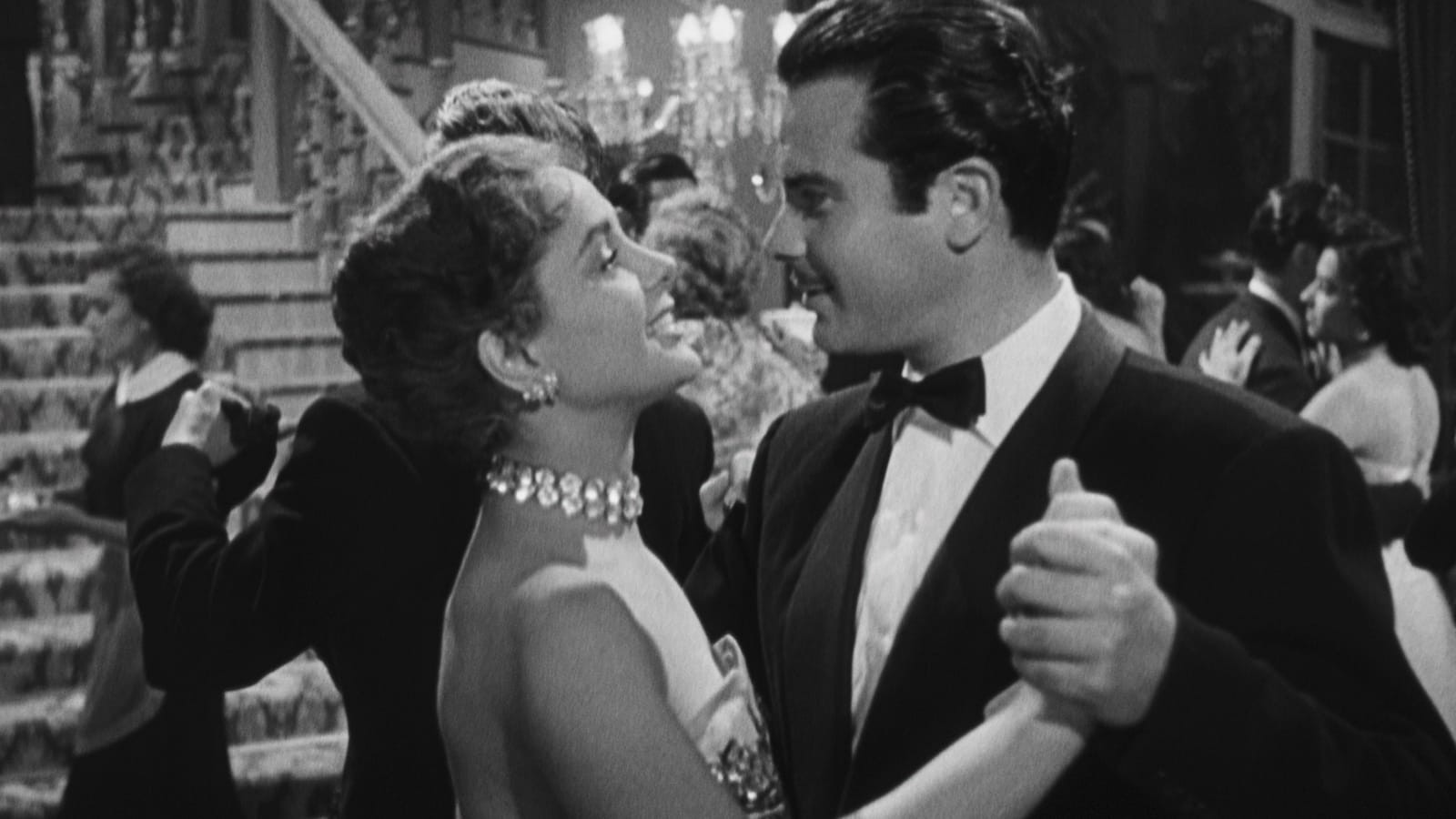If women in 2025 needed yet another reason to become misandrists, renowned Mexican filmmaker Luis Buñuel provides a compelling case to do just that. Luis Buñuel’s 1953 film Él is searing takedown of the bourgeois male ego.The film follows entrepreneur turned paranoiac Don Francisco—a man so convinced of his own righteousness that his actions threaten to destroy everything and everyone around him. It’s one of Buñuel’s lesser canonized films, but it might well be one of his most damning; funny in that way where you laugh then immediately feel uneasy.
Él begins fetishistically—Buñuel’s camera lingers on Father Velasco, a close friend and mentor figure to Francisco, as he tenderly washes and kisses the feet of young altar boys. The scene is framed with an unnerving intimacy, the camera tightening on the priest’s hands as they trace awkward and slow movements over the boys’ feet. Through the hawk-like focus of Francisco’s eye, the audience is introduced to another pair of feet, the svelte legs of a young and beautiful woman—Gloria. The shot mirrors the earlier one, Francisco’s gaze hovering just as the camera does. His immediate obsession with Gloria, glowing under the church’s dim light, feels less like love at first sight and more like possession disguised as divine revelation. This introduction isn’t just symbolic; it’s a giant and screaming red flag flashing in our faces—a blaring warning sign for what’s to come. Francisco isn’t falling in love: he’s looking for a vessel to sublimate his own toxicity.
Él is told primarily through two points of view, Francisco and Gloria respectively. Initially the audience follows the predatory and calculated moves of Francisco through what feels like an ominously warped old-Hollywood romance formula. This changes significantly once the two are married, as Gloria’s life descends into terror as Francisco’s jealousy metastasizes. Francisco becomes a master-manipulator—he forbids her to talk to other men, spins outlandish narratives, invades her privacy, and ultimately physically abuses her, convinced, though on no solid ground, that she has been unfaithful. Buñuel reveals that Francisco’s paranoia is not personal but rather symptomatic of a larger societal sickness: the bourgeois male—who, in Buñuel’s own words, is much like a poet—born, not made. Francisco isn’t a villain in the traditional sense, he’s a man convinced of his own righteousness, protected by wealth, faith, and an ego that allows no chance for objective reality to take root. He’s what happens when male entitlement festers unchecked, when control manipulative control is mistaken for devotion.
Raised Catholic in Calanda, Spain, Buñuel knew firsthand the way faith and class could mold a man into something monstrous. As a surrealist and a communist in his youth, Buñuel saw film as a tool of revolt, a way to unveil the layers of society and expose the sickness underneath. Él is that sickness on full display. Faith serves not as a source of moral guidance for Francisco, but rather as an enabler of delusion and domination. Buñuel criticizes the fact that while the church has historically preached purity it actually functions as a machine of power, one that protects men like Francisco and silences women like Gloria. Buñuel’s relationship with the church has been rocky—his 1930 film L’Âge d’or was banned in France until the 1980s after religious leaders and right-wing media campaign politicians rioted after a screening, spouting that the film was both offensive to the church and society. Él is less overt, but no less incriminating. In the end, Catholicism and the church can offer nothing to Fransisco but empty promises, abandoning him to wander through the monastery gardens as a Monk, seemingly resigned to his fate.
Despite all the focus on Francisco, Gloria stands out as the film’s most compelling and memorable character. Played by Delia Garcés, Gloria embodies both the resilience and the helplessness of a woman trapped in a patriarchal system. Buñuel does something rare for his time—he lets Gloria speak, lets her suffering be known. The scene where she attempts to explain to her mother the abuse she has been facing is raw and panicked—she lifts up her sleeve to reveal a scar, only for her mother to dismiss it away within an instant. There is shock and horror written all over her face, but it is subtle and easy to miss. She is in fight or flight, cognizant of the danger that Francisco has turned everyone against her. It’s no longer a plea for help: she already knows none is coming. It’s a realization. A reckoning. And yet, when she finally breaks free, there’s no triumph. The world that enabled Francisco is still intact, waiting to mold the next man like him.
Seventy years later, Él remains unnervingly relevant. Francisco feels familiar because his warped version of masculinity remains normative today. Francisco’s paranoia, entitlement, and his need to control— play out in our contemporary world on a daily basis (whether in courtrooms, news-media headlines, or in radicalized online forums); all spaces where men freely express their conviction that the world has wronged them and that women are to blame. Buñuel does not offer easy answers, but he doesn’t need to. The film speaks for itself, standing the testament of time as a chilling reminder of how the intersections of power, faith, and masculinity continue to shape, threaten and ultimately destroy lives. If Él’s timeless representation of the myriad of challenges women continually face makes a compelling case for misandry, well—who could really blame us?
The 4K restoration of Luis Buñuel’s Él shows at Film Forum until March 27th.

